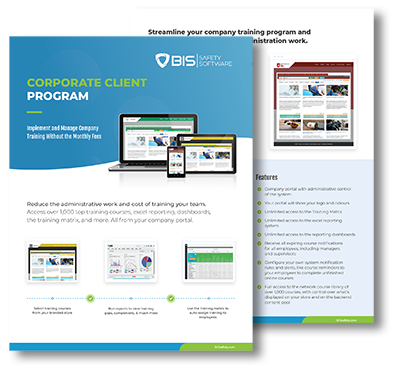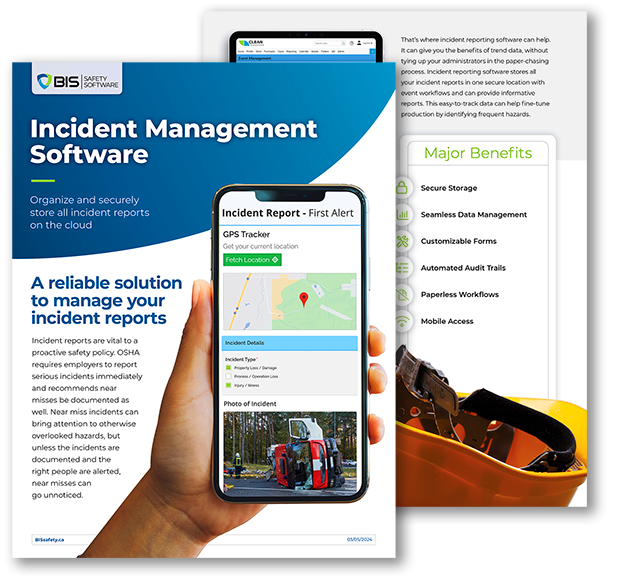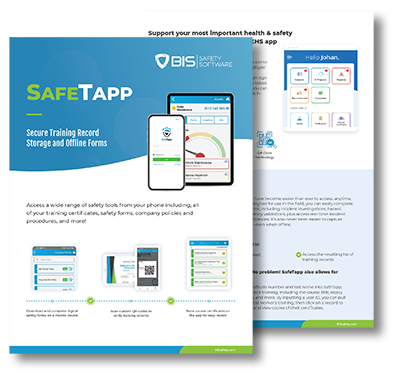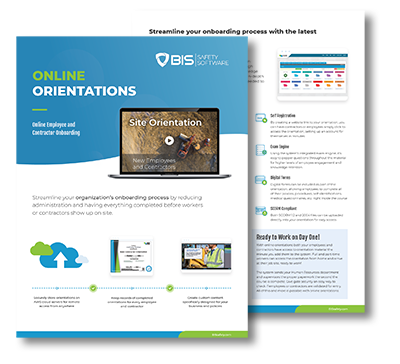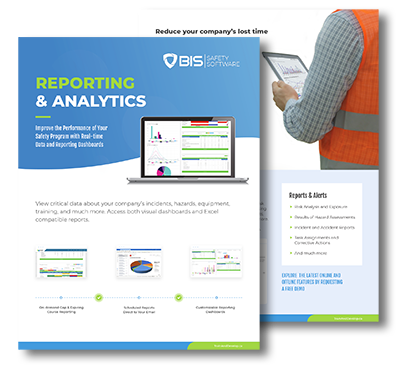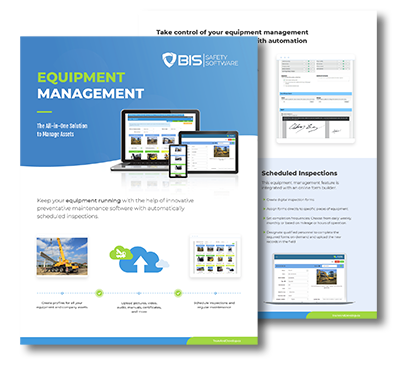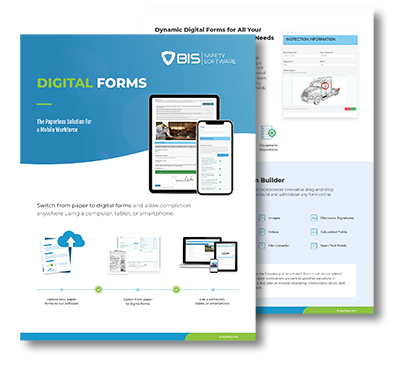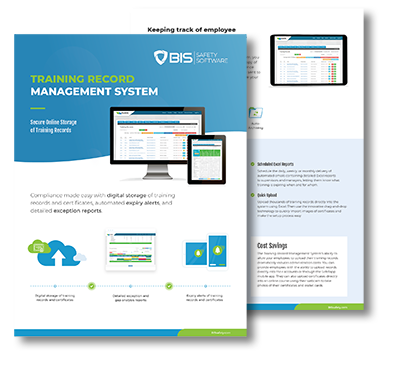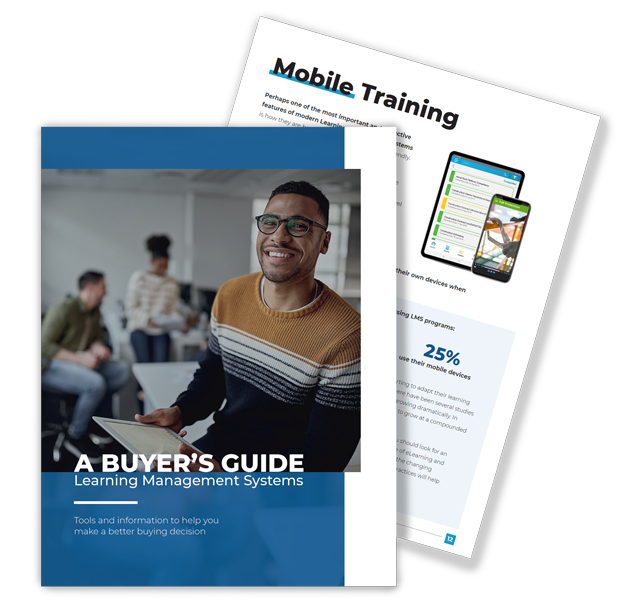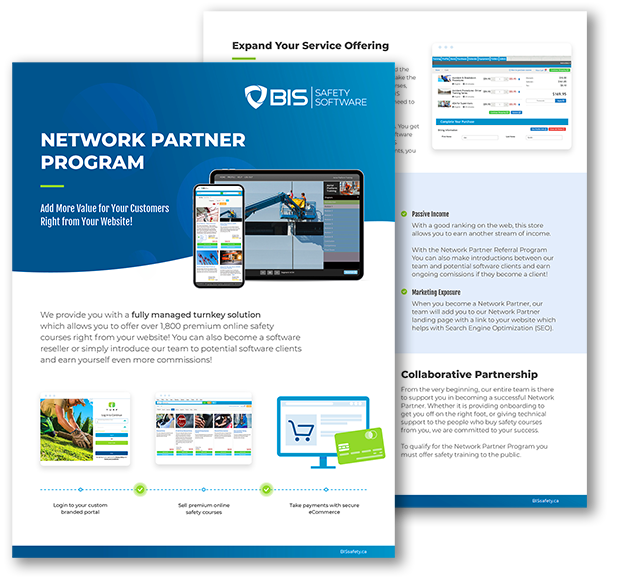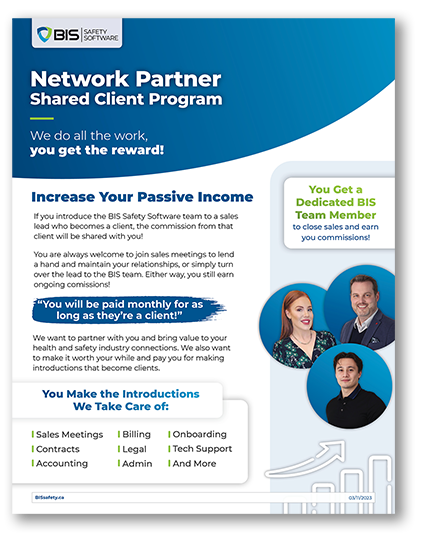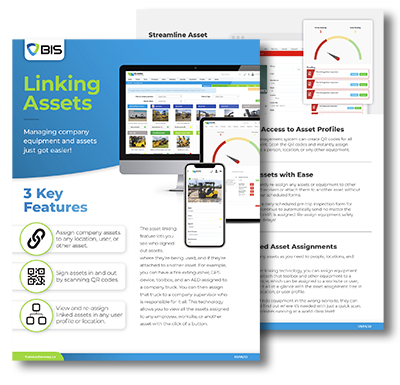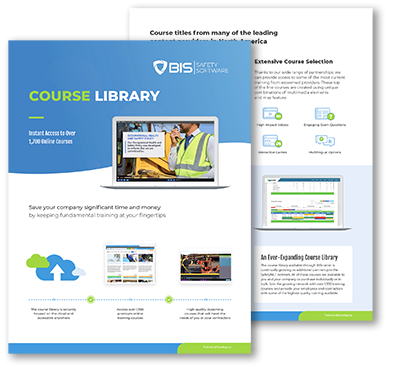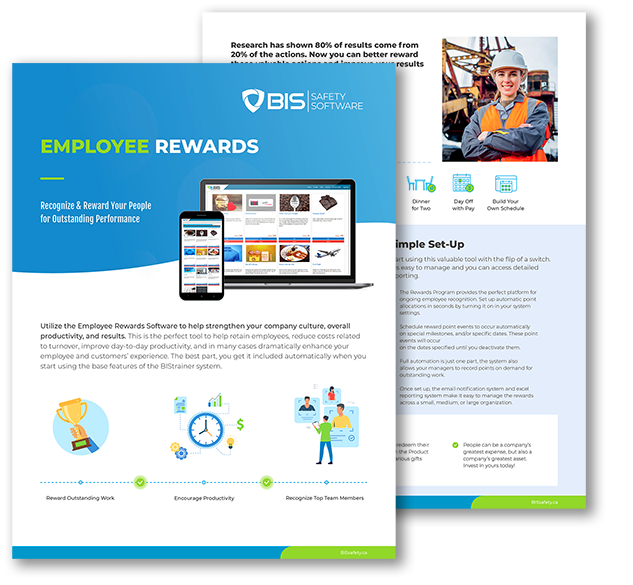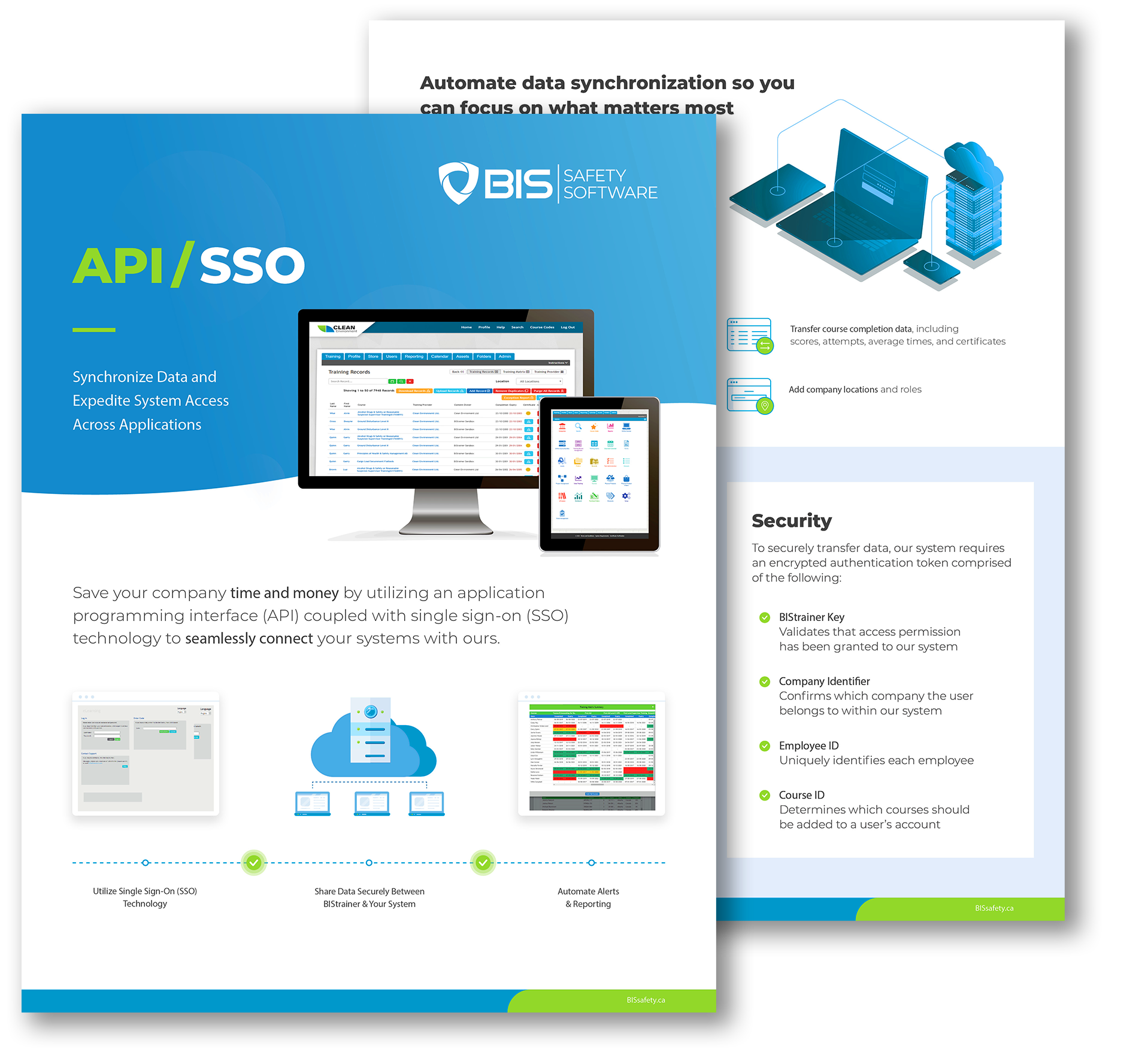Lorem ipsum dolor sit amet, consectetur adipiscing elit. Ut elit tellus, luctus nec ullamcorper mattis, pulvinar dapibus leo.

Shortcuts save time—until they don’t. A missing hard hat. A skipped lockout. A harness left unclipped. One bad decision can change everything. Workers take risks when they think nothing will go wrong. Until it does. And when it does, it’s fast. Sudden. Unforgiving. One moment of carelessness can lead to an injury, a shutdown, or a life-changing disaster.
The Danger of Cutting Corners
Rushing feels efficient. Deadlines press. Supervisors push for speed. But cutting corners doesn’t just shave minutes—it adds risk. Skipping safety steps turns small hazards into major injuries. The more often workers take shortcuts, the more comfortable they get with risk. They stop seeing the danger. Until it’s too late.
- A missed PPE check – One forgotten glove leads to a lost finger.
- A rushed equipment inspection – A worn cable snaps under pressure.
- Ignoring proper lifting technique – A split-second strain causes years of back pain.
- Skipping lockout/tagout – A machine restarts with someone still inside.
- Rushing through confined space protocols – One bad reading, and toxic gases take a life.
Shortcuts threaten everyone. They cost companies millions in lost productivity, compensation claims, and lawsuits. A rushed job today can shut down a whole operation tomorrow. And when tragedy strikes, it’s not about money. It’s about lives changed forever. Families devastated. Reputations ruined.
Key Takeaways
- Lorem Ipsum is simply dummy text of the printing and typesetting industry. Lorem Ipsum has been the industry's standard dummy text ever since the 1500s, when an unknown printer took a galley of type and scrambled it to make a type specimen book. It has survived not only five centuries, but also
- Lorem Ipsum is simply dummy text of the printing and typesetting industry. Lorem Ipsum has been the industry's standard dummy text ever since the 1500s, when an unknown printer took a galley of type and scrambled it to make a type specimen book. It has survived not only five centuries, but also
- Lorem Ipsum is simply dummy text of the printing and typesetting industry. Lorem Ipsum has been the industry's standard dummy text ever since the 1500s, when an unknown printer took a galley of type and scrambled it to make a type specimen book. It has survived not only five centuries, but also
- Lorem Ipsum is simply dummy text of the printing and typesetting industry. Lorem Ipsum has been the industry's standard dummy text ever since the 1500s, when an unknown printer took a galley of type and scrambled it to make a type specimen book. It has survived not only five centuries, but also
Why Workers Take Risks
- Pressure to Perform – Speed over safety. When deadlines loom, safety steps feel like obstacles.
- Overconfidence – Workers trust experience over protocol. They think they know better—until they don’t.
- Bad Habits – Cutting corners becomes routine. The more it happens, the more normal it seems.
- Lack of Accountability – If no one enforces safety, workers assume it doesn’t matter.
- Peer Influence – If everyone else skips steps, new workers follow suit.
- Fatigue and Stress – Tired workers make poor decisions. The exhausted brain values speed over caution.
The Ripple Effect of One Shortcut
A single shortcut spreads. A rushed inspection today leads to faulty equipment tomorrow. A minor slip-up turns into a major incident. One unsafe act signals to others that safety is flexible. It erodes the entire safety culture, bit by bit, until disaster is inevitable.
Related read: Do you own a business in the insurance industry? Check out how Artificial Intelligence is transforming the insurance industry.
How to Stop the Shortcut Mindset
Safety isn’t a box to check. It’s a mindset. A culture. Here’s how to stop the “just this once” mentality before it turns deadly:
- Slow Down – Safety takes seconds. Recovery takes months. Reinforce that no deadline is worth an injury.
- Reinforce Training – Keep safety top-of-mind with regular refreshers. Make it stick with real-world examples.
- Encourage Reporting – If workers see shortcuts happening, they should speak up—without fear of punishment.
- Hold Everyone Accountable – From the top down, safety is non-negotiable. No exceptions.
- Reward Safe Behavior – Recognize workers who take the time to do things right. Reinforce that safety matters more than speed.
- Use Real Consequences – Don’t just warn about risks. Show examples. Videos. Stories. Accidents that could have been prevented.
- Supervisors Must Lead – Leaders who enforce shortcuts set a dangerous precedent. Safety starts at the top.

The Bottom Line
A shortcut isn’t just a time-saver. It’s a risk multiplier. One bad decision can cost a life. The safest worker isn’t the fastest—it’s the one who makes it home. Every. Single. Day. Because safety isn’t about slowing work down. It’s about making sure work never stops because of an avoidable tragedy.
Frequently Asked Questions
Have question in mind? We are here to answer. If you don’t see your question here, drop us a line at our contact page.
Lorem Ipsum is simply dummy text of the printing and typesetting industry?
Lorem ipsum dolor sit amet, consectetur adipiscing elit. Ut elit tellus, luctus nec ullamcorper mattis, pulvinar dapibus leo.
Lorem Ipsum is simply dummy text of the printing and typesetting industry?
Lorem ipsum dolor sit amet, consectetur adipiscing elit. Ut elit tellus, luctus nec ullamcorper mattis, pulvinar dapibus leo.
Lorem Ipsum is simply dummy text of the printing and typesetting industry?
Lorem ipsum dolor sit amet, consectetur adipiscing elit. Ut elit tellus, luctus nec ullamcorper mattis, pulvinar dapibus leo.
Lorem Ipsum is simply dummy text of the printing and typesetting industry?
Lorem ipsum dolor sit amet, consectetur adipiscing elit. Ut elit tellus, luctus nec ullamcorper mattis, pulvinar dapibus leo.
Lorem Ipsum is simply dummy text of the printing and typesetting industry?
Lorem ipsum dolor sit amet, consectetur adipiscing elit. Ut elit tellus, luctus nec ullamcorper mattis, pulvinar dapibus leo.
Related Articles
- All Posts
- 360 Immersive
- Alberta safety courses
- awareness
- biometric sensors
- BIS Safety Software
- chemical
- community safety programs
- Compliance
- Construction advocacy
- Construction education
- Construction industry
- crane
- customized training
- data-driven safety
- digital forms
- driver training
- EHS
- employee safety
- ergonomics
- exoskeletons
- fall protection
- field safety services
- hands-on training
- hazard prevention
- incident data
- incident reporting
- industrial safety
- injury prevention
- Jennifer Lastra
- job site hazards
- Leadership
- lone workers
- mental health at work
- MI Safety
- Northern BC
- NRCA
- occupational health
- occupational safety
- overhead crane courses
- PPE
- pretrip inspection
- Professional development
- psychological safety
- risk management
- Robin Postnikoff
- safety
- safety advice
- safety article
- safety best practices
- safety compliance
- safety culture
- safety innovation
- safety insights
- safety leadership
- safety management
- safety management system
- safety myths
- safety tips
- safety training
- smart helmets
- Total Recordable Injury Formula
- training
- training courses
- training record management
- transportation
- Virtual Reality
- VR Technology
- wearable technology
- WHMIS
- women in leadership
- worker accountability
- workplace best practices
- workplace hazards
- Workplace safety
- workplace wellness

Home Carrie Parashar Jennifer Lastra’s Mission to Save Lives Lorem ipsum dolor sit amet, consectetur adipiscing elit. Ut elit tellus,...

Home Safety Myths That Need to Die Lorem ipsum dolor sit amet, consectetur adipiscing elit. Ut elit tellus, luctus nec...

Home Would You Bet Your Paycheck on Safety? That Need to Die Lorem ipsum dolor sit amet, consectetur adipiscing elit....


